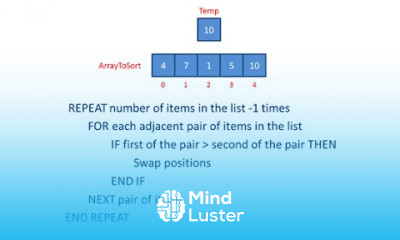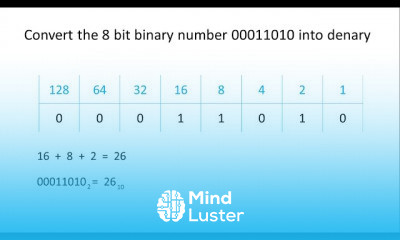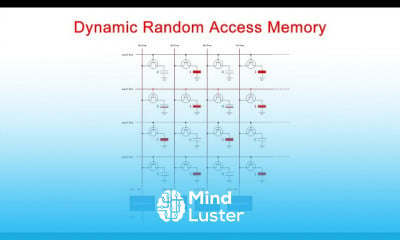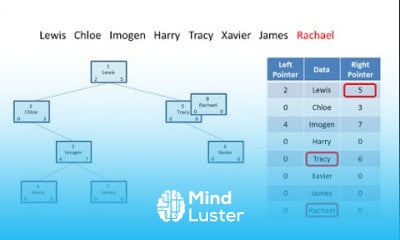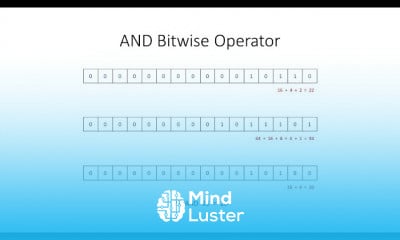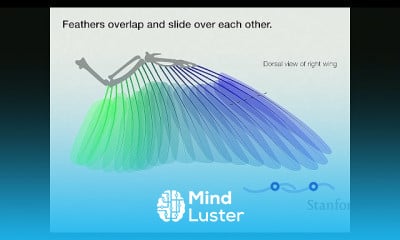Dynamic Random Access Memory DRAM Part 7 Memory Address Mapping
Share your inquiries now with community members
Click Here
Sign up Now
Lessons List | 7
Lesson
Comments
Related Courses in Computer Science
Course Description
What is random access memory?
RAM (Random Access Memory) is the internal memory of the CPU for storing data, program, and program result. It is a read/write memory which stores data until the machine is working. As soon as the machine is switched off, data is erased. ... Data in the RAM can be accessed randomly but it is very expensive.What is RAM and its function?
Computer memory or random access memory (RAM) is your system's short-term data storage; it stores the information your computer is actively using so that it can be accessed quickly. The more programs your system is running, the more memory you'll need.What is difference between RAM & ROM?
RAM, which stands for random access memory, and ROM, which stands for read-only memory, are both present in your computer. RAM is volatile memory that temporarily stores the files you are working on. ROM is non-volatile memory that permanently stores instructions for your computer. Find out more about RAM.What is stored in RAM?
RAM stands for Random Access Memory. Physically, it is a series of chips in your computer. When your computer is turned on, it loads data into RAM. Programs that are currently running, and open files, are stored in RAM; anything you are using is running in RAM somewhere.Is Random Access Memory permanent or temporary?
RAM, which stands for random access memory, and ROM, which stands for read-only memory, are both present in your computer. RAM is volatile memory that temporarily stores the files you are working on. ROM is non-volatile memory that permanently stores instructions for your computer. Find out more about RAM.
Trends
French
Graphic design tools for beginners
Printing student ID cards with excel tools
Artificial intelligence essentials
Essential english phrasal verbs
Build a profitable trading
MS Excel
Formation efficace à l écoute de l
Electrical engineering for engineer
YouTube channel setup
Computer science careers
Python programming language
Back End Developer Learning Path course
Excel skills for math and science
English vocabulary with picture
Learning English Speaking
Python programming fundamentals A Z
Data Analytics Visualization Techniques
Figma for UX UI design
Bioinformatics basics
Recent
Growing ginger at home
Gardening basics
Ancient watering techniques
Grow mushrooms
Growing onions
Veggie growing
Bean growing at home
Growing radishes
Tomato growing at home
Shallot growing
Growing kale in plastic bottles
Recycling plastic barrel
Recycling plastic bottles
Grow portulaca grandiflora flower
Growing vegetables
Growing lemon tree
Eggplant eggplants at home
zucchini farming
watermelon farming in pallets
pineapple farming





